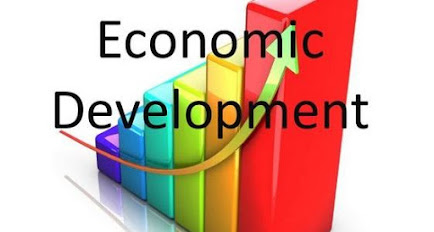Growth and Development
A major goal of poor countries is economic development or economic growth. The two terms are not identical. Growth may be necessary but not sufficient for development. Economic growth refers to increases in a country's production or income per capita (Box 2-1). Production is usually measured by gross national product (GNP) or gross national income (GNI), used interchangeably, an economy's total output of goods and services. Economic development refers to economic growth accompanied by changes in output distribution and economic structure. These changes may include an improvement in the material well-being of the poorer half of the population; a decline in agriculture's share of GNP and a corresponding increase in the GNP share of industry and services; an increase in the education and skills of the labor force; and substantial technical advances originating within the country. As with children, growth involves a stress on quantitative measures (height or GNP), whereas development draws attention to changes in capacities (such as physical coordination and learning ability, or the economy's ability to adapt to shifts in tastes and technology).
Economic development is a qualitative terms because it indicates continuous increase in the real national income and structural changes in the economy of a country. Growth is measured in terms of an increase in real gross national product (GNP or GDP) over time or an increase in per capita income.
The economy of Pakistan is the 23rd largest in the world in terms of purchasing power parity. Rural poverty remains a pressing issue, as development there has been far slower than in the major urban areas. import substitution, a slowdown in the pace of trade liberalization, and gave currency to protectionist measures.
Detailed Reading available in PDF.
Format: Pdf
Total Files: 4
File Size: 7.2 MB


Post a Comment